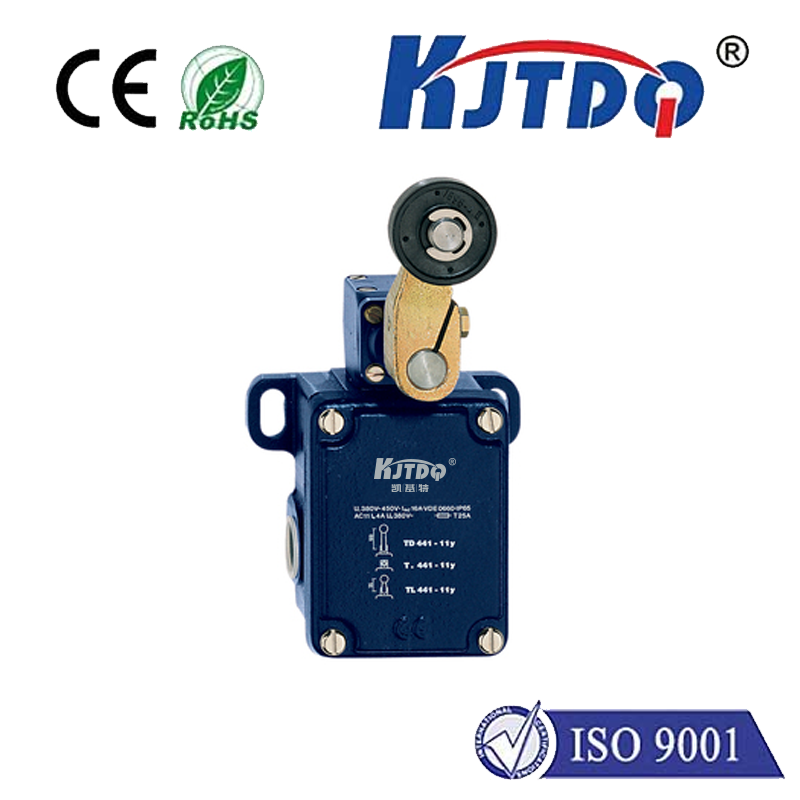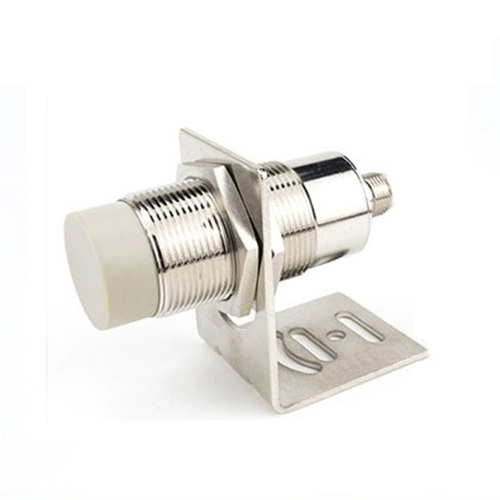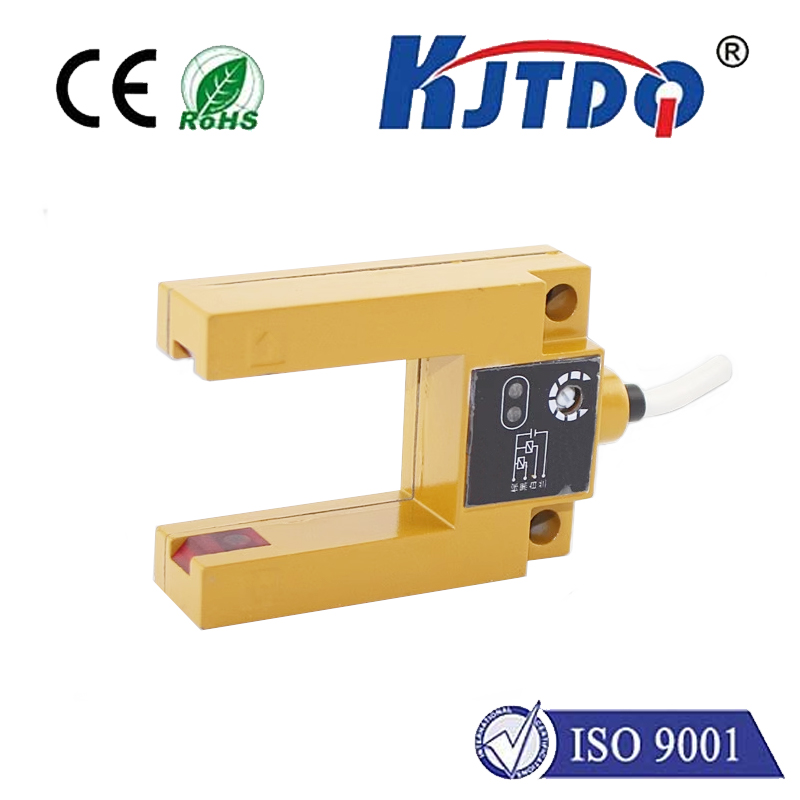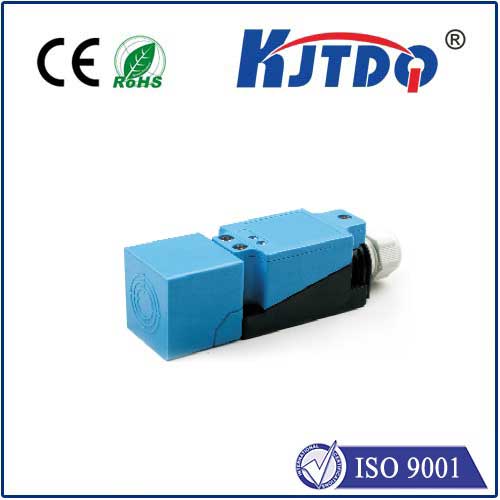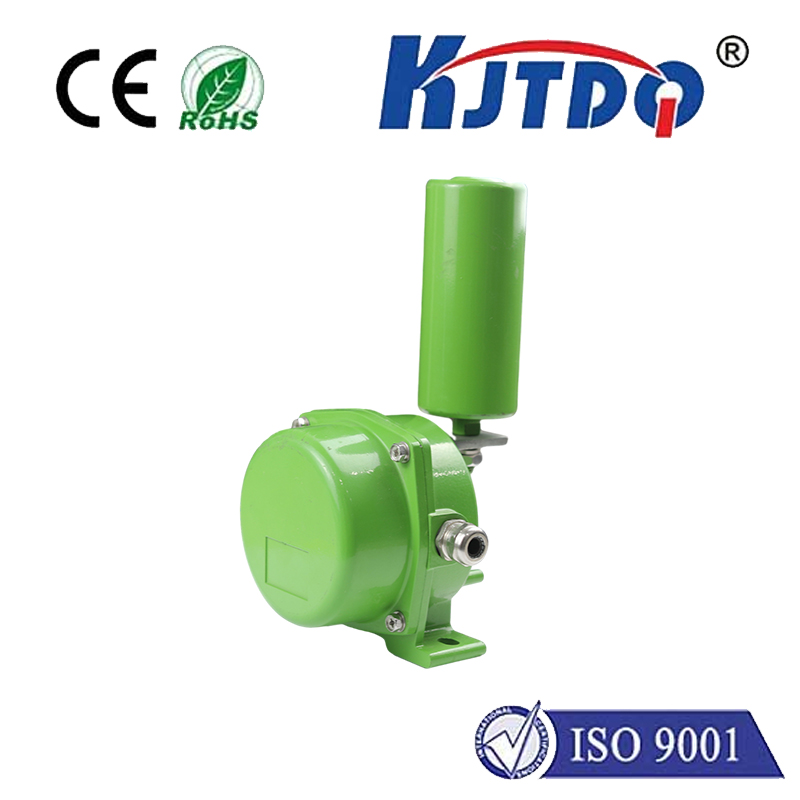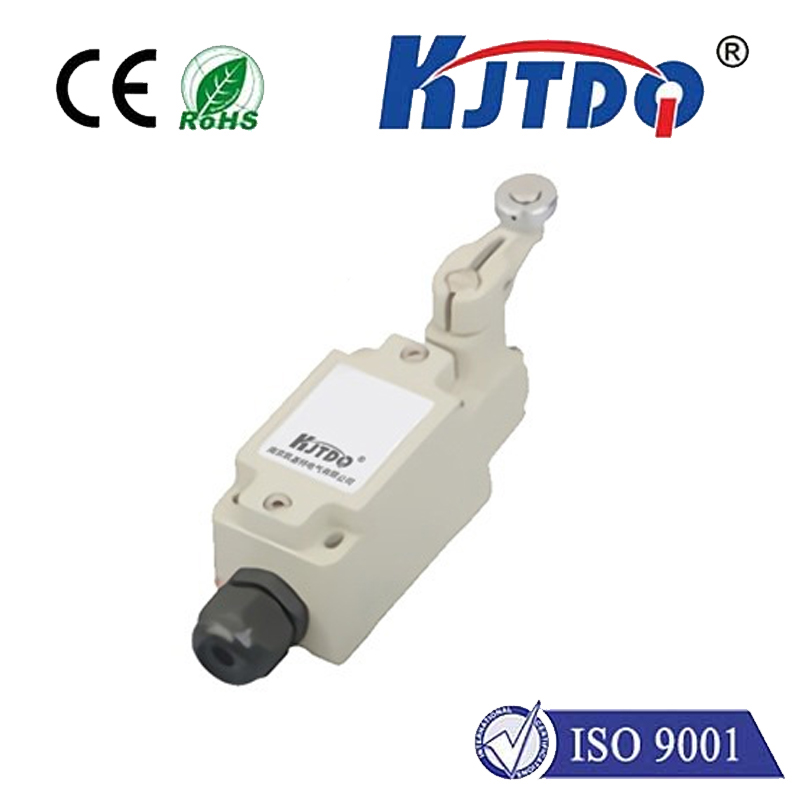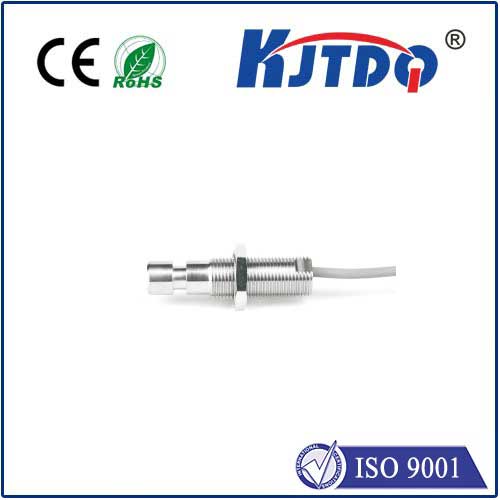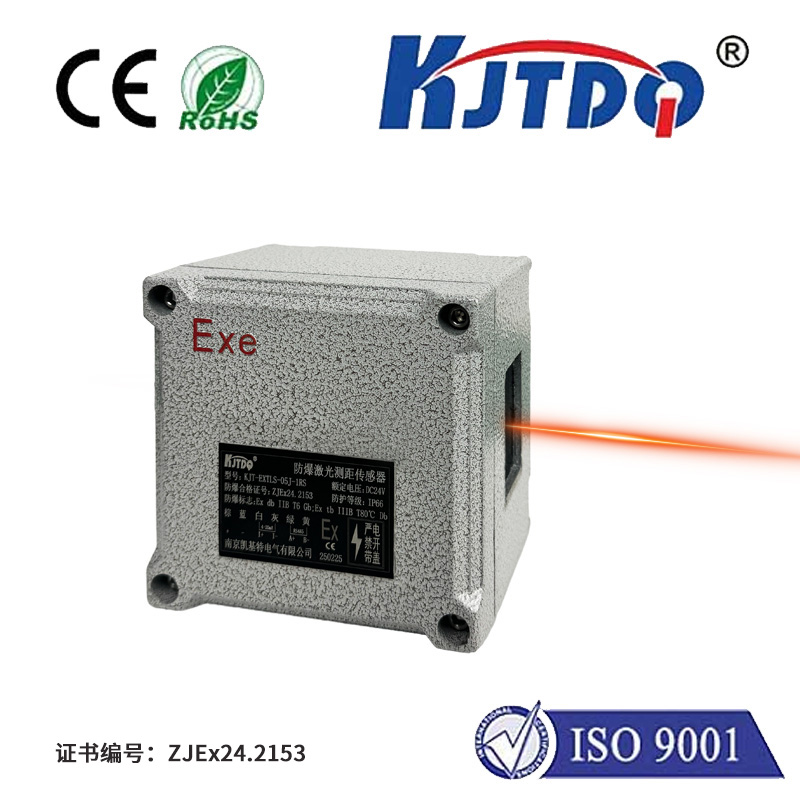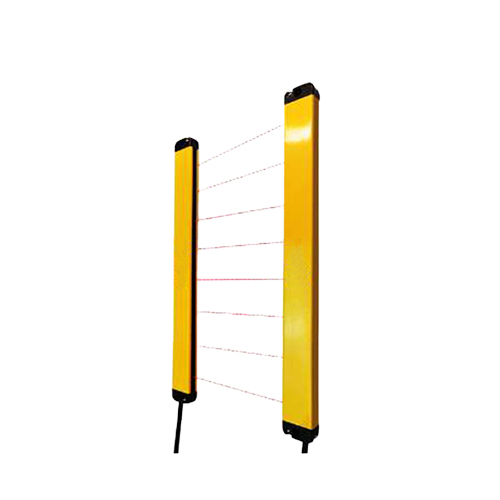ktjhall proximity sensor
- time:2025-09-06 04:36:05
- Click:0
KTJHall Proximity Sensors: Revolutionizing Non-Contact Detection in Demanding Environments
Imagine a high-speed production line. Components whiz by, robots move with precision, and flawless operation hinges on one critical factor: reliable object detection. Traditional mechanical switches wear out. Optical sensors struggle with dust or grime. What if there was a sensing solution offering unparalleled reliability, zero physical wear, and robust performance even in the toughest industrial settings? Enter KTJHall Proximity Sensors – harnessing the power of Hall effect technology to deliver consistent, maintenance-free detection for mission-critical applications.
Understanding the Core: The Hall Effect Advantage
At the heart of KTJHall proximity sensors lies the Hall effect, a fundamental physical principle discovered by Edwin Hall in 1879. Simply put, when a conductive material carrying an electric current is exposed to a perpendicular magnetic field, a voltage (the Hall voltage) is generated across the material at right angles to both the current and the field. KTJHall proximity sensors leverage this phenomenon. They incorporate an integrated circuit containing a Hall element and signal conditioning electronics.
Unlike inductive sensors that detect metals via eddy currents, or capacitive sensors reacting to material presence altering an electrical field, Hall effect sensors specifically respond to magnetic fields. This fundamental difference offers distinct advantages:

- True Non-Contact Sensing: The sensor detects a magnetic field without any physical contact with the target itself. This eliminates mechanical wear dramatically extending operational life.
- Exceptional Speed: Hall sensors can detect magnetic field changes incredibly rapidly, making them suitable for high-speed counting and position feedback applications.
- Robustness: Being solid-state devices with no moving parts, KTJHall sensors are inherently resistant to shock, vibration, and physical impacts that would cripple mechanical switches.
- Dirt and Fluid Tolerance: Since detection relies purely on magnetic fields, contamination like dust, oil, grease, or moisture generally doesn’t interfere with operation, making them ideal for harsh industrial environments.
- Consistent Performance: Output switching occurs at a precise, repeatable point relative to the magnetic field strength, ensuring reliable detection cycle after cycle.
KTJHall Proximity Sensors: Engineered for Performance
KTJHall proximity sensors translate the advantages of Hall effect technology into practical, reliable industrial components. They are typically designed as cylindrical or rectangular units housing the sensitive electronics. The key characteristics defining KTJHall’s performance include:
- Magnetic Target Requirement: Crucially, they require a permanent magnet as the target object or integrated into the moving part. They detect the presence or absence of this magnet’s field.
- Sensing Distance: Known as the “switching distance” (Sn), this is the range at which the sensor reliably detects the magnet. KTJHall sensors offer specific Sn values tailored for different application needs, often providing longer ranges than some other sensing technologies within their size class.
- Output Configuration: Available in industry-standard configurations like NPN (sinking), PNP (sourcing), Normally Open (NO), or Normally Closed (NC), allowing seamless integration into diverse control systems (PLCs, drives, etc.).
- Environmental Protection: Rated with robust Ingress Protection (IP) ratings, commonly IP67 or higher. This signifies excellent protection against dust ingress and temporary immersion in water, vital for washdown areas, outdoor use, or dusty factories. They also often boast wide operating temperature ranges (-25°C to +85°C or beyond), ensuring functionality in freezer warehouses or near furnaces.
- Electrical Protection: Features like reverse polarity protection and short-circuit protection shield the sensor and connected equipment from common wiring errors and electrical faults.
Where KTJHall Proximity Sensors Excel: Real-World Applications
The unique strengths of Hall effect proximity sensors make KTJHall devices indispensable in numerous sectors:
- Factory Automation & Machinery: Counting products on conveyors, detecting piston position in cylinders (especially with magnetic piston rods), verifying spindle position, monitoring door/lid closures, end-of-travel detection.
- Material Handling: Verifying pallet presence, detecting the position of lifts and elevators, monitoring conveyor belt components.
- Automotive Manufacturing: Precise detection of components on assembly lines, position sensing in robotic arms, testing fixtures.
- Packaging Machinery: Ensuring proper film feed, detecting filled containers, controlling capping operations.
- Agricultural Equipment: Monitoring implement position, detecting rotational speed on shafts (using multiple magnets), verifying gate or door status on rugged machinery.
- Renewable Energy: Pitch control in wind turbines, position feedback in solar trackers. Their reliability in outdoor and variable temperature conditions is key here.
- Medical Equipment: Providing silent, maintenance-free position feedback in diagnostic devices and automated systems (where compatible with hygiene requirements).
Selecting and Implementing KTJHall Proximity Sensors
To maximize the benefits of these robust sensors, consider these factors during selection and installation:
- Target: Confirm the target is a suitable permanent magnet (typically ferrite or neodymium). The sensor’s specifications will detail required magnetic field strength (often in Gauss or mT).
- Sensing Distance (Sn): Choose a sensor with an Sn value greater than the maximum air gap expected in your application. Remember to factor in any mounting offsets.
- Output Type (NPN/PNP, NO/NC): Match the sensor output (transistor type – NPN or PNP, and switching logic – NO or NC) to the input requirements of your controller.
- Environmental Requirements: Verify the IP rating and temperature range meet the actual operating conditions. Consider exposure to chemicals, oils, or UV if applicable.
- Mounting: Ensure secure mounting to prevent vibration-induced movement. Pay close attention to the specified sensing orientation relative to the magnet; alignment is critical for optimal performance. Hall effect sensors typically have a specific “sensitive face”.
- Wiring: Follow the manufacturer’s wiring diagram precisely. Utilize shielded cable in electrically noisy environments and observe recommended cable lengths.
Embracing Reliable, Long-Term Detection
In a world where downtime translates directly to lost productivity and revenue, the choice of sensing technology is paramount. KTJHall proximity sensors, built upon the reliable foundation of Hall effect physics, offer a winning combination of non-contact operation, exceptional durability, high-speed capability, and resilience against harsh environments. Whether it’s ensuring the precise positioning of robotic arms, counting thousands of items daily, or reliably verifying the closure of heavy machinery doors, KTJHall sensors provide the robust, long-lasting solution industrial operations demand. By eliminating mechanical wear points and offering consistent performance, they represent a smart investment in operational efficiency and reduced maintenance costs. When your application demands detection you can truly count on, KTJHall proximity sensors deliver.






